NASA:Reliability Management
本篇文章是美国国家航空和宇航行局 的关于可靠性管理文章,高度概括了一下可靠性管理的工作内容,目标。
RELIABILITY MANAGEMENT
• The direction and control of the reliability activities of the organization including staffing, providing facilities (computers,software etc.), establishing reliability goals and policies, and the facilitating of the interaction of reliability personnel with the remainder of the
organization. (This is the instructors suggested definition–how can it be improved?)
Why Beneficial?
• Like quality control, the establishment of JIT,ISO 9000 certification and true statistical process control in the organization, reliability must have unequivocal top-down support.
• Without this, the reliability function, will only“be going through the motions.”
• With effective support future bottom line costs and total cost of ownership can be drastically reduced.
The resultant cost benefits to the company, though difficult to capture with traditional accounting methods,will increase productivity up to 40% or more.
OBJECTIVES
Be able to answer (or perform):
• What types of reliability management structures are there?
• What are the objectives of reliability management?
• What are the key reliability disciplines?
• How does the reliability discipline interact with the rest of the organization?
• Describe what activities you would set up for a reliability program to support a project. What metrics
would you use?
• How do reliability activities benefit the project?
• What is human engineering and how does the human element affect reliability?
Outline: Reliability
• Types of Reliability Organizations.
• Reliability and Systems Engineering.
• Establishing a Reliability Program.
• Examples of Reliability Objectives.
• Metrics for Reliability.
• Human Reliability
Reliability Organization: Staffing
• Need staff familiar with the design, manufacture and testing methodology of the product and familiar
with statistical techniques.
• Use senior staff from engineering organizations who are intimately familiar with product and the
history of failures/problems encountered with the design, test and manufacture of the product.
• Use engineers with formal reliability engineering discipline as a complement to the above.
• All these engineers must be capable of having a close working relationship with design and test and be
capable of interacting with them in a win-win atmosphere.
• Part of normal engineering training rotation.
Reliability Goals
• Increase system effectiveness to: ________
• Increase system availability to: ________
• Increase MTBF to: ________
• Reduce warranty costs by: ________#p#分页标题#e#
• Reduce maintenance costs by: ________
• Increase system efficiency by: ________
• Increase system testing by: ________
DESIGN FOR RELIABILITY
ASSURANCE: RELIABILITY ENGINEERING
PHASE A PHASE B PHASE C PHASE D PHASE E
RELIABILITY MANAGEMENT—————————————–
MONITOR/CONTROL SUBCTR.
PROGRAM REVIEWS————————————————
PROBLEM REPORT &COR.,LL
FAILURE REVIEW BOARDS
RELIABILITY MODELING————————–
RELIABILITY ALLOCATION ———————-
RELIABILITY PREDICTION———————–
FAILURE MODE & EFFECT ANALYSIS——–
CRITICAL ITEMS LIST———————-
FAULT TREE ANALYSIS——————-
SNEAK CIRCUIT ANALYSIS————–
ELECTRONIC TOLERANCE
MECH.PARTS ANALYSIS
PARTS PROGRAM, Using Failure Rate Data
EFFECTS TEST, STORAGE, HANDLING, etc.
TESTING: ENVIRONMENTAL STRESS SCRN.
RELB. GROWTH TESTS
RELB./QUAL. TEST PROGRAM
RELIABILITY GROWTH TESTING—–
PRAT
SOFTWARE RELIABILITY & QUALITY ASSURANCE
Establishing a Design for Reliability Program
• Determine the reliability goals to be met.
• Construct a symbolic representation.
• Determine the logistics support and repair philosophy.
• Select the reliability analysis procedure.
• Select the data sources for failure rates and repair rates.
• Determine the failure rates and repair rates.
• Perform the necessary calculations.
• Validate and verify the reliability results.
• Measure actual reliability.
Examples of Reliability
Objectives for the Telecommunications Industry
• Goals should be placed in proper perspective.
• Large telecommunications networks:
– At least one piece of equipment may be
down at all times.
– The user may not know this.
– Operators consider that a system is down only when reported to them.
– Short, self-clearing outages may go unreported.
• Reliability objectives can be defined differently for various systems.
Examples of Reliability Objectives for the Telecommunications Industry
Module or System Objective
Telephone instrument Mean time between failures
Electronic key system Complete loss of service
Major loss of service
Minor loss of service
PABX Complete loss of service
Major loss of service
Minor loss of service
Mishandled calls
Traffic Service Position Sys.(TSPS) Mishandled calls System outage
Class 5 office System outage
Class 4 office Loss of service
Class 3 office Service degradation
Customer Specifications Targets
• The satisfied customer sets the performance and
availability requirements.
• Telecommunications networks should perform under
stress:
– Cable cuts.#p#分页标题#e#
– Lengthy traffic overloads.
– Equipment breakdown.
• Copper cable and fiber optic studies have shown:
– 56% of the cable pairs are cut.
– 100% of the fiber optic are cut.
• Cross-connects and allocatable capacity are used to dynamically reconfigure the network.
Reliability Growth From a Customer’s Perspective
• Growth Measurement must encompass the entire life cycle of the product.
• Corporations with a wide scope of product and/or product lines should not present overall reliability
growth curves on an organizational basis. Individual product line reliability growth pictures should be
presented to achieve total customer satisfaction.
Because the customer’s experience can vary with the maturity of a system, reliability growth is an important concept to the customer and should be considered in the customer’s purchasing decision.
• The key is to define the goals for the product or service from the customer’s perspective while
reflecting on the actual situation in which the customer obtains the product or service.
Reliability Metrics
• Reliability growth
• System uptime and availability
• Reduction in total life cycle cost.
• Failure reports processed.
• Number of lessons learned generated/published.
• Increased in calculated system reliability (increased MTBF) through recommendations.
• Number of failure modes identified and eliminated (based on potential for occurrence and seriousness
of failure).
• Others: Your suggestions!!!
Reliability Growth: How much has the system improved.
Reduction in Life Cycle Costs (Based on Improved Reliability)
Failure Reports Closed and Lessons Learned Generated
Generation and Eliminations of Failure Modes, CRIT 1, 2, & 3
System Reliability every Month
Human Reliability
• Human reliability can be defined as “the probability of accomplishing a job or task successfully by humans at any required stage in system operations within a specified minimum time limit.”
• It is the bridge between the user and the producer.
• Focus in design includes hardware, software, and human reliability.
Human Reliability Design Goals:
• Design for immunity to human error
• Design for easy human interface.
• Design to be user friendly.
• Prove out manuals and procedures.
• Minimize the likelihood of human error; especiallyerrors that lead to unsafe conditions.
• Develop design checklists.
• Review for completeness and clarity.
Human Error: Wrong Connections
In Electrical Hookup
• Problem: wrong connectors mated after repair and units miswired.
• Solution: Different size connectors and common color wire throughout a cable run; also unsymmetrical connectors.Human Error: Scalding from Water Faucets/Showers.#p#分页标题#e#
• Problem: Confusing knobs, colors and on/off rotational directions.
• Solution: standardization: Hot on left, Hot colored red, cold colored blue; clockwise to close (right hand screw); thermal temperature limiter in water delivery system. Different size labels and attachment points.
Easy Human Interface
• Switches located on graphical model of system.
• Switches mounted in order of use, left to right.
• Graphical presentations on screens as well as text.
• Single point disconnects for emergency systems.
• Standard colors for conditions: red/yellow/green.
• Vocal warnings of improper conditions.
• Test system and layout for stereotype behavior.
• Standardize layouts.
• Most frequently used controls in favorable positions.
User Friendly
• Elegance of design.
• Hierarchy of options. Allow easy to use series of operations and extended operations separated from those.
• Prove out design with untrained personnel.
• Don’t skimp on human interface (e.g. quality of materials, colors, seating, knobs, keyboards, screen quality, etc.
• Provide real time training.
• Allow defaults to have nominal operation of system.
Types of Human Errors
• Errors of vision
• Errors of insufficient knowledge.
• Equipment not calibrated properly.
• Difficult to inspect.
• Design for emergency situations.
• Design for typical behavior.
Prove Out Manuals and Procedures
• Use FMEA and Fault Trees to generate block diagrams of diagnostics.
• Write manuals to help operators and maintenance personnel. Do not write manuals to write manuals.
• Take uninvolved personnel, give them a manual, LEAVE, and allow them to try to use it. THEN MAKE
REVISIONS and give it to new uninvolved personnel.
• Give clear warnings, cautions and suggestions.
• Write with levels of detail.
• Be concise and precise.
• Revise the manual when the system is revised.
• Use checklists unless the operators can name all 50 states from memory.
Reliability Management – Conclusions
• Determine the reliability goals to be met.
• Spell the program requirements out in detail as well as how the results will be implemented.
• Do reliability analyses in draft form that never have to be published (e.g. alert engineers to dangerous conditions and help them eliminate them before they get into the system).
• Validate and verify the reliability results.
• Measure actual reliability.
• Human reliability is a key factor to consider to have a successful, reliable and safe product.
• Reliability analysis should continue throughout the product life-cycle.




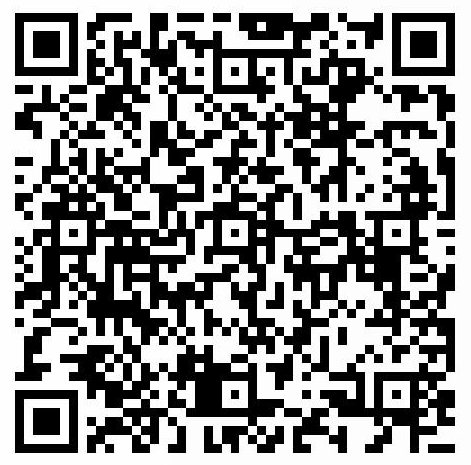

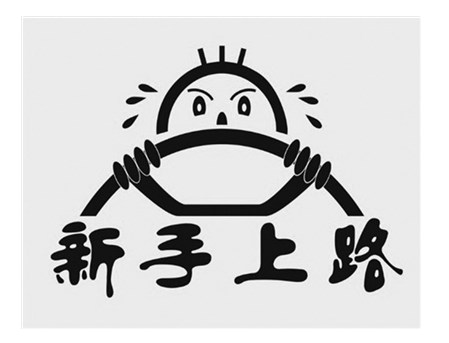
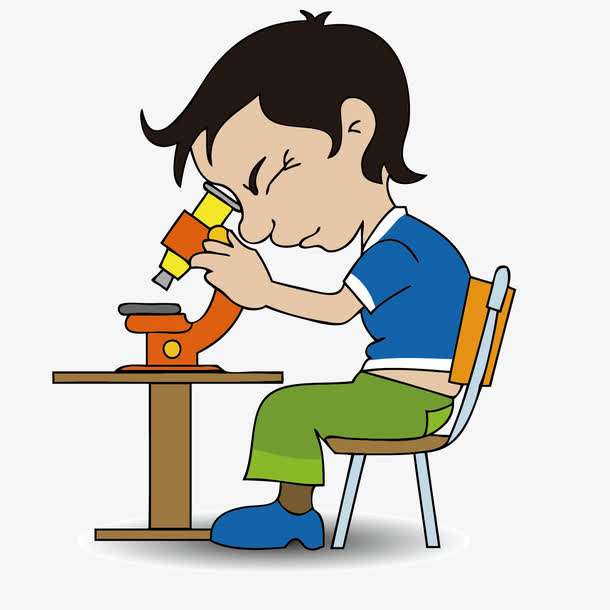

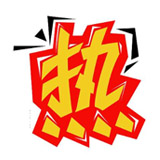

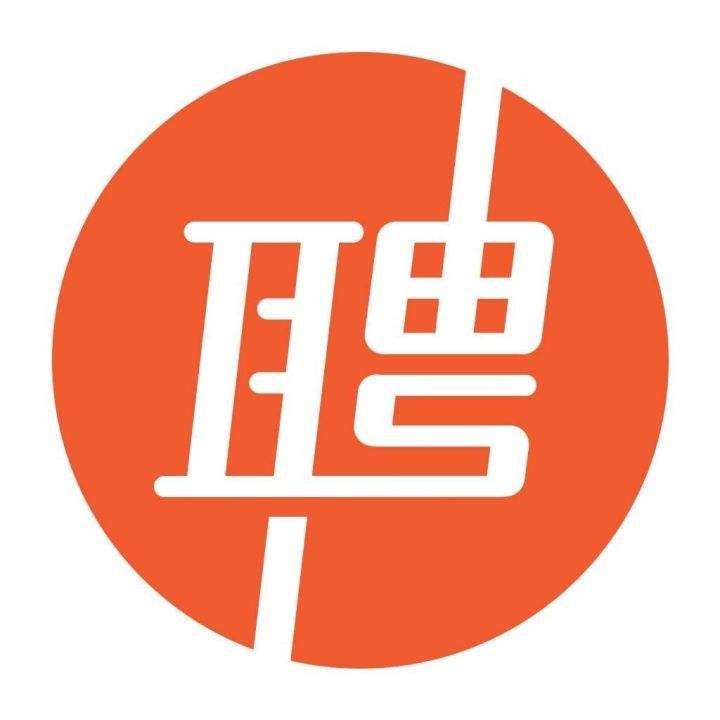


请登录之后再进行评论